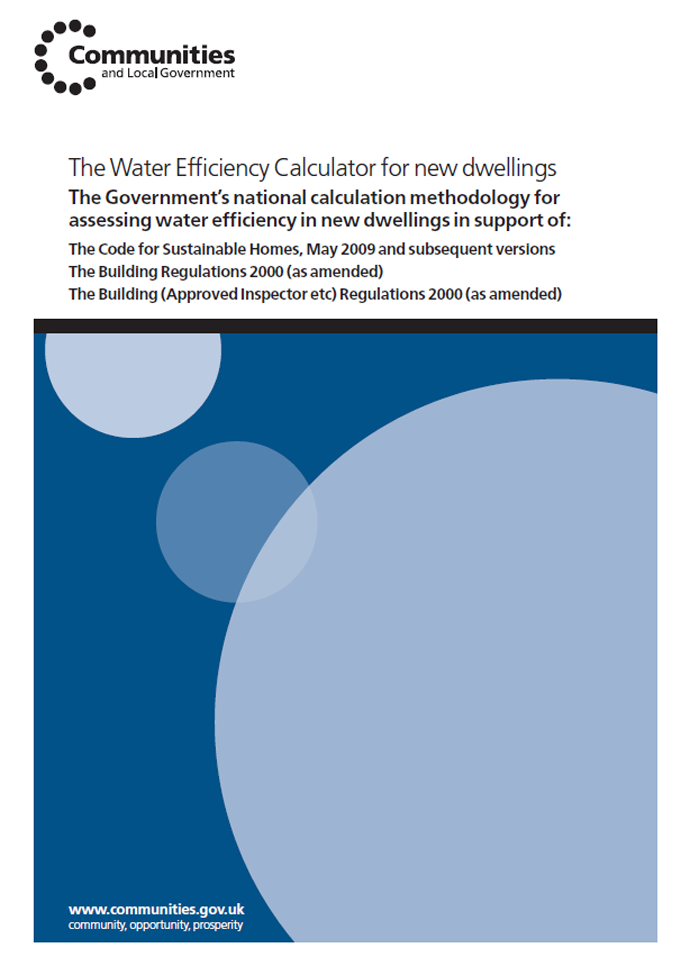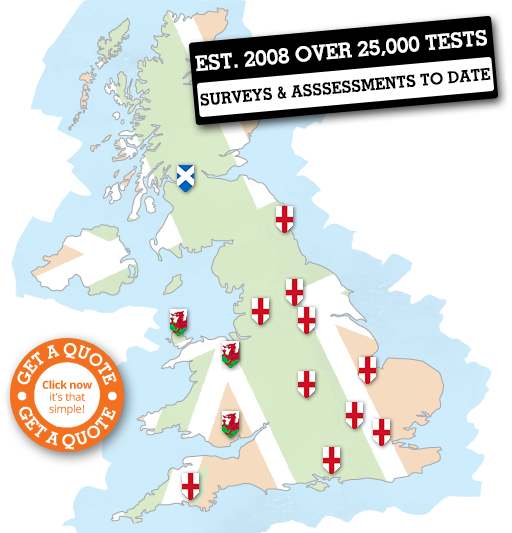Offices Nationwide

Air Testing & Leakage
We can offer additional services at discounted rates along side our tests! These are Sound Testing and Part F. Ask our Consultants for more

Sound Transmissions
Paths can be interrupted by insulation and blocking air paths. A material's insulation is governed by mass, stiffening and damping...more
SAP Calculations is sometimes referred to as SAP Conversion Calculations, SAP Conversion rating, SAP Conversion Assessment, Part L1B Compliance, SAP Conversion Calcs, SAP Conversion Calc.
SAP Calculations Across the UK
How Is A SAP Assessment Undertaken?
The crucial information needed for the SAP software relates to the type of dwelling, floors, walls, the roof, windows, doors, lighting, renewable technologies, 'U' values, hot water and ventilation. With this, we can determine if a building complies with Building Regulations in the UK.
A SAP is done off-site but requires plans and drawings of the site in order to be calculated. Amongst other things, the SAP assessor will determine how good the thermal elements are in the floors and walls and how well heat passes through these elements - this is known as a 'U' value. A high 'U' value represents a high amount of heat lost - this is used in the SAP calculation.
Why Do I Need A SAP Calculation?
Under Part L of Building Regulations in the UK, since 2006, any new dwellings or conversions need to have a SAP Calculation and Predicted EPC before any work can begin.
When changes are made to the heating, hot water provision or air conditioning/ventilation services, it is the responsibility of the builder to provide any On Construction EPCs upon completiong of a new home or conversion into fewer or more units.
If you are selling a home before it has been built, you will need to provide information about energy efficiency in a Predicted Energy Assessment (PEA).
What Is A SAP Calculation?
The higher the SAP rating, the lower the cost will be to run the building. The score represents the cost of energy required by a property over the course of a year with a 100 score meaning there's no energy cost. To calculate the SAP, the assessor uses information relating to lighting, heating, hot water systems, renewable technolgies used and the elements of structure.
A SAP calculation, the Government's Standard Assessment Procedure for Energy Ratings, is required to produce an On Construction EPC (Energy Performance Certificate) or a Predicted Energy Assessment (PEA).
Our other services include:
Warning: Invalid argument supplied for foreach() in /data04/elite/public_html/Office.php on line 769
TER DER Calculations can also be known as:
TER DER Calculation, Domestic Carbon Emission Calculation, SAP Calculations, Standard Assessment Procedure, SAP Rating, SAP Assessment, Domestic Carbon Emission Calc, TER DER Calc, SAP Calc,
Copyright 2025 E2 Specialist Consultants Limited
Company No. 06728970







































